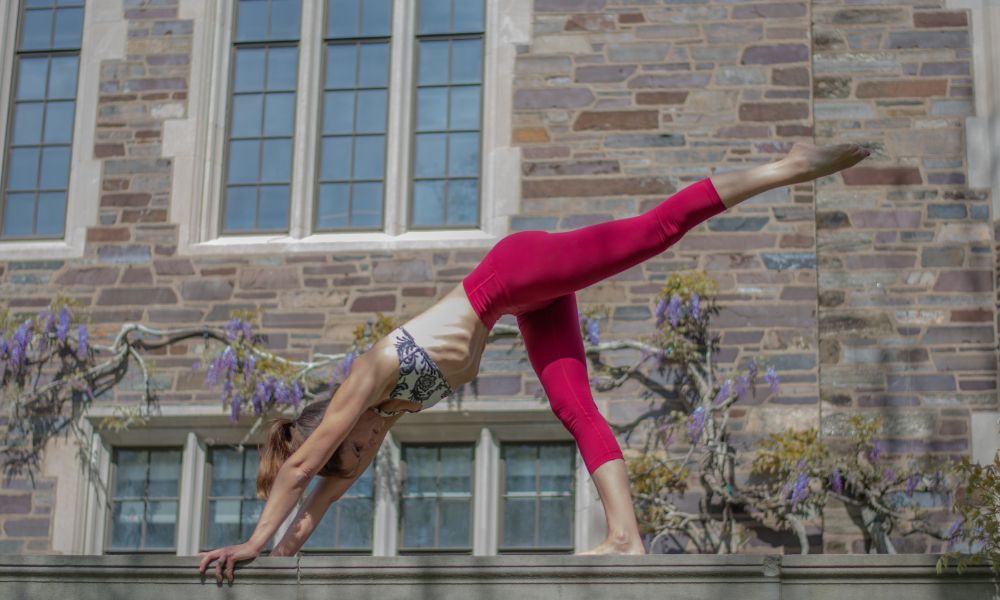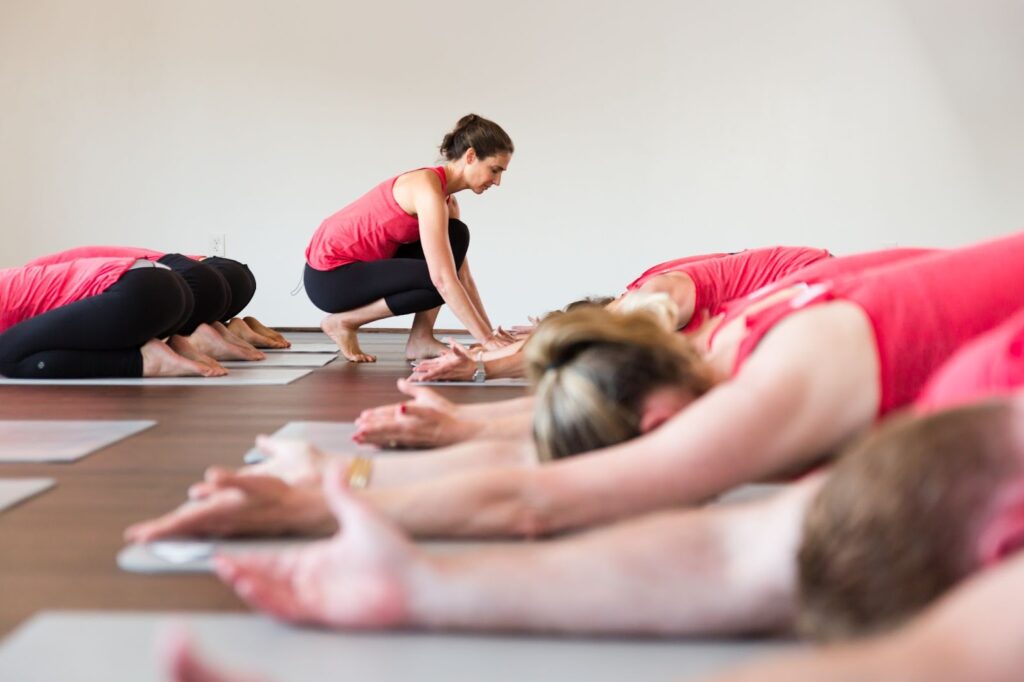If you have ever experienced low back pain, had a coach/trainer, and/or ever gone to physical therapy, I am willing to bet you were told (or felt the need) to STRETCH your hamstrings. You probably felt a cramping and tightness sensation in the back of your legs and thought, “if I could just stretch these further, deeper, and more often, the pain would go away.” Despite continuing to stretch, whether regularly or infrequently, these symptoms often do not improve. For some people, they may have even gotten worse!
When most people experience a sensation of pain or tightness down the back of their leg/thigh, they immediately assume it is the hamstring muscle. And one would think, if the muscle is tight, then you should stretch it. Well, the first thing I will tell you is that if a muscle is TIGHT, it is more often than not also very WEAK. If you only stretch a tight muscle, you are continuing to do a disservice as you are further WEAKENING that muscle, as opposed to creating an optimal length-tension relationship that is required for a muscle to fire and function properly. The goal should be to STRENGTHEN the hamstring by activating the posterior chain through exercises such as bridging or squatting with good hip hinge activation. Activating the hamstring muscle sends motor-firing signals to the muscle to help stabilize and support the spine, hips, and knees, and will actually cause less pain. It might even LENGTHEN the muscle, just by activating it. To ensure you are lengthening the muscle while strengthening, ECCENTRIC muscle contractions work best. Eccentric means activating a muscle in its lengthening phase. For the hamstring specifically, its main action or shortening phase is with hip extension and knee flexion. Therefore, its Eccentric or LENGTHENING phase would be hip flexion and knee extension.
An example of this is my personal favorite, the “runners stretch”, which we do in our LYT yoga classes. We are hinged forward, flexed at the hips, with the hands on the floor or elevated on blocks as you sit back and straighten your front knee, pulling the toes up towards you. This straightening is ACTIVE to prevent injury and also promotes eccentric work. Another example we sometimes use in LYT yoga classes is the standing L. Similar to the runner’s stretch, we are hinged forwards and flexed at the hips with the hands on the floor or blocks. The back leg in this case is behind you at hip height in an L position. To eccentrically work your hamstrings in this position, begin by ACTIVELY bending and straightening your bottom knee. Other nonyoga and more open chain exercises include a reverse hamstring curl: sitting upright with a thick resistance band around your ankle, use your opposite leg to help you more passively bend the knee of the ankle that is in the band, then actively and slowly as possible begin to straighten the knee, resisting the band that is already pulling you straighter.
Going back to the runner’s stretch mentioned above, my second question is are you ACTUALLY stretching the hamstrings, or are you just irritating your sciatic nerve? Again, most people think this sensation in the back of their legs is a muscle, but more often than not it is related to an irritated nerve or fascial line that affects what is called the entire posterior chain or back body. When we excessively stretch the hamstring, especially using a strap and lying on the back, we often tend to over-pull the pelvis, thus the lower back is also being pulled and compressed in the process. The sciatic nerve runs from the lumbar spine down the back of the leg all the way to the bottom of the foot and big toe. Nerves, unlike muscles, DO NOT like to be stretched! The compression of the lower back, or OVERSTRETCHING of the nerve creates irritation on the nerve, thus triggering more TIGHTNESS of the muscles and skin regions it innervates, such as the hamstrings!
The runner’s stretch is so much more than a hamstring stretch because it opens up the entire posterior chain and back fascial line. When the nerve is irritated we need to create space and openness in the areas that are creating the compression. Opening in the back body with a nice long spine and using the active force of muscle contractions as opposed to the passive use of straps that can make it easy to overstretch beyond your limits makes spinal nerves much happier, and thus happier hamstrings as well!
Try out our LYT Yoga classes for yourself and feel the benefits of safely opening the hamstrings and low back fascia, while activating the appropriate supporting muscles to leave your back, hamstrings, and whole body feeling fabulous!






